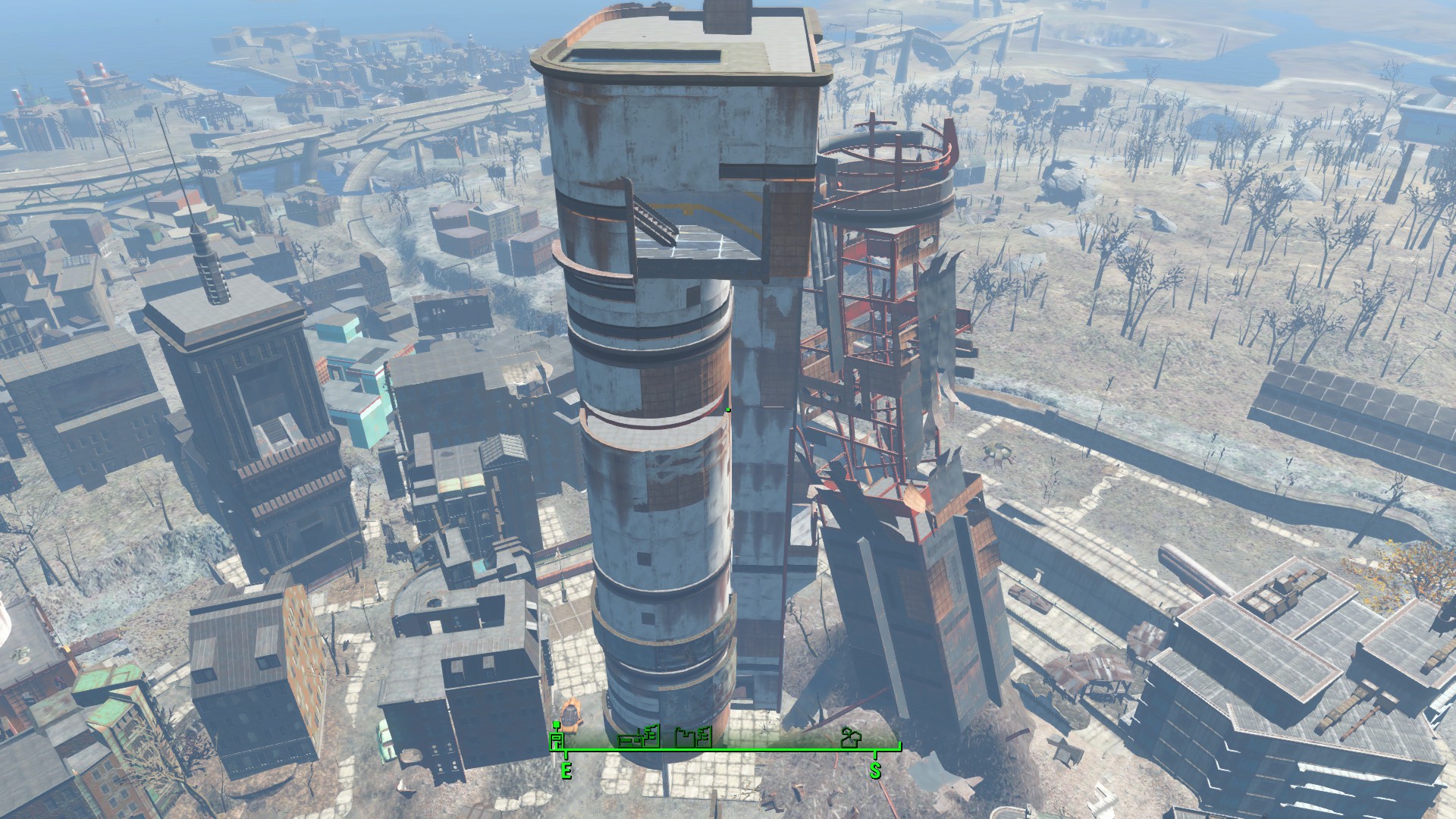

The southwest bastion is completely inaccessible. The north bastion contains the kitchen, the east bastion contains the general's quarters and access to the tunnels, and the southeast bastion contains the barracks.

The northwest and southwest walls have been all but demolished, and a sizable hole punched in the south wall as well, making the west bastion, which contains the armory, inaccessible except through the tunnels. The walls are hollow and contain most of the fort's infrastructure, with only the workshop and the Radio Freedom transmitter in the courtyard and two ruined Minutemen artillery positions on top of the wall. Layoutįort Independence is a star fort, consisting of five triangular bastions connected by walls. Once this is done, Ronnie Shaw, an older member from before the Castle's loss, calls the general back to open its west bastion and access its armory, giving the Minutemen access to their artillery once more. They can clear out the egg clutches and corpses and reactivate their communications equipment, returning a critical asset to Minutemen hands. RebirthĪlmost fifty years later, the Commonwealth Minutemen under the Sole Survivor (as general) can retake the fort by wiping out the mirelurks that have since made it their nest. Eventually, as he ran out of supplies (and conceded that help was not coming), he drank wine he found, easing his passing into oblivion. While waiting for rescue, he secured the armory by activating its security. Their general at the time, McGann, was cut off from the battle early on when the tunnel to his quarters collapsed. It served as the headquarters for the Commonwealth Minutemen until 2240, when the Castle was partly destroyed by a gigantic mirelurk queen, and most of the Minutemen leadership wiped out.

Since the Great War, the name of Fort Independence has fallen out of favor, as most residents of the Commonwealth refer to it simply as the Castle. It was one of the first forts in the United States. The Castle, originally known as Fort Independence, is a historic landmark in the Boston area, dating back to the pre- Revolutionary period.


 0 kommentar(er)
0 kommentar(er)
